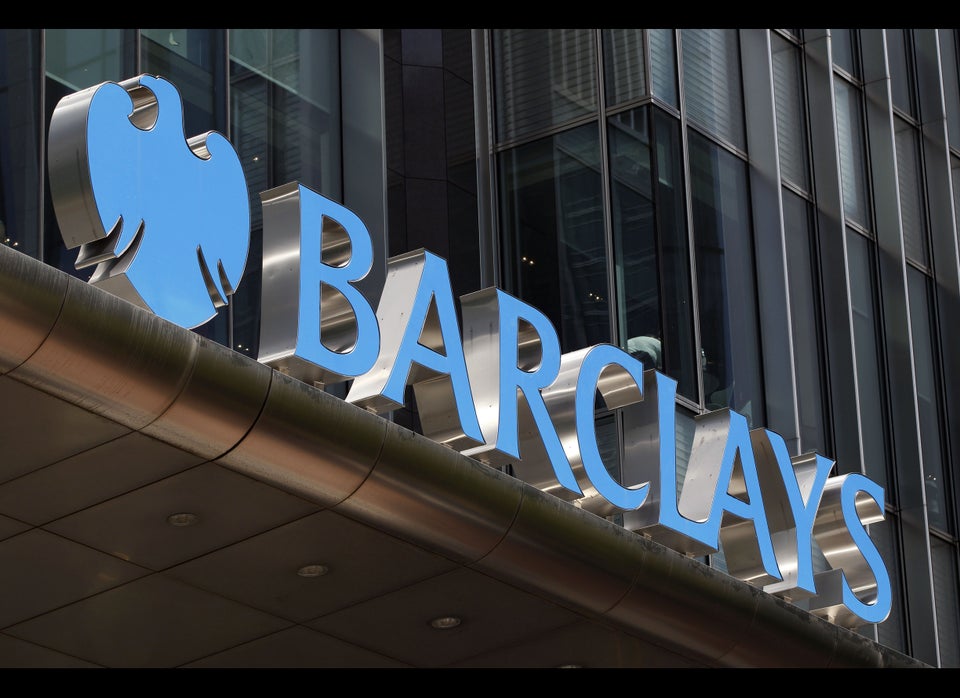
The Treasury Department's bailout watchdog wants to stop using the flawed Libor rate in setting the terms of bank bailouts.
Too bad she wasn't around four years ago when the bailouts began.
“We can’t continue to use for TARP a measure in which there’s no confidence or assurance that it’s reliable, which could potentially be subject to manipulation,” Christy Romero, special inspector general for the Troubled Asset Relief Program, told Bloomberg.
Libor, or the London Interbank Offered Rate, is an interest rate that affects borrowing costs throughout the economy, from floating-rate mortgages to more than $350 trilion in derivatives contracts. As the benchmark for global lending, Libor might have seemed a natural choice for setting the terms of the government's bailouts of banks and American International Group during the crisis. Borrowers all over the world routinely use Libor. The government used it as the base interest rate -- or in the case of AIG, ultimately, the only interest rate at which bailed-out banks and AIG had to pay back their loans.
Treasury Secretary Tim Geithner, who helped set the terms of those bailouts, has said the Treasury Department and Federal Reserve had no choice but to use Libor in the myriad lending programs that propped up the financial sector.
Romero directly contradicted that assertion in her interview with Bloomberg, saying that replacing Libor is "easy to do because there are alternative interest rates in the contracts" for the TARP programs still in operation. There were also plenty of other rates available that the government could have used, including the federal funds rate set by the Federal Reserve (also manipulated, but legally).
Bloomberg published its Sept. 21 interview with Romero on Tuesday, the same day the British Bankers Association announced its desire to disown Libor, after having overseen the rate, poorly, since its inception. A day earlier, Gary Gensler, head of the Commodity Futures Trading Commission, told European Parliament that Libor needed to be taken out to a field and put down.
The problem with using Libor for bailouts during the crisis was that it was completely fake -- even more fake than usual -- and Geithner knew it, or should have at least.
Libor is set every day by a group of 16 banks, which all report the rates they have to pay to borrow from each other. During the crisis, they weren't lending to each other, so that created a bit of a problem right there. And banks certainly didn't want to confess what they really thought they'd have to pay to borrow in the market: Doing so would have crippled investor confidence in them. And so they all reported lower borrowing costs than they should have, making Libor a fraud.
Even before the crisis, Libor was at constant risk of manipulation by traders trying to push it around to help out their derivatives trades. Barclays Capital was the first to confess to such shenanigans, and it seems Royal Bank of Scotland is not far behind, according to a separate Bloomberg report on Monday.
Despite having knowledge of Libor's flaws by the time of the crisis, Geithner allowed Libor to be used in loans to banks under the Term Asset-Backed Securities Loan Facility, or TALF, and to American International Group, rubber-stamping Libor's legitimacy and potentially costing taxpayers millions, if not billions, of dollars.
AIG, for example, managed to get its initially painful bailout terms renegotiated in March 2009, when Geithner was Treasury Secretary, to a loan whose only interest rate was Libor. How much money did that save AIG and cost the taxpayer? Of course, the taxpayer also owned a lot of AIG stock, so you could argue the taxpayer won out in the deal one way or the other.
In any event, now that most of the harm has been done, Romero wants to finally shake Libor out of what's left of the government's bailout programs, including TALF and the Treasury's Public-Private Investment Program.
She has asked that Fed and Treasury to make it happen, and they have said they'll get right back to her on it.
